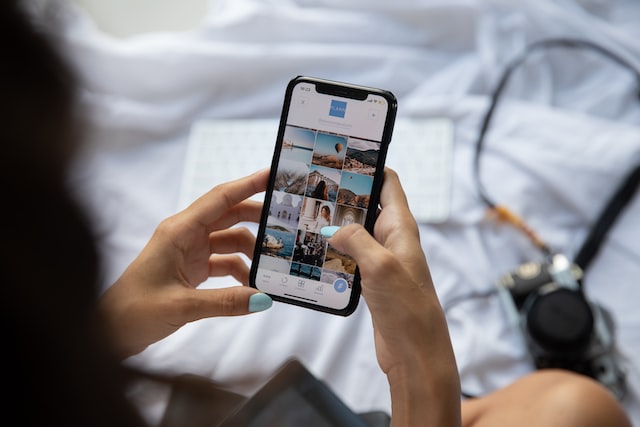Phone insurance is a type of insurance policy that provides coverage for damages or malfunctions to your phone. It can be a helpful option for protecting your investment in your phone and ensuring that you have a working device at all times. However, it’s important to understand that phone insurance policies can vary in terms of what they cover. In this article, we’ll discuss the different types of phone insurance available, common phone insurance coverage, and exclusions and limitations to coverage.
Types Of Phone Insurance
Several types of phone insurance are available, including manufacturer warranties, carrier insurance, and third-party insurance.
Manufacturer warranties are typically provided by the company that made your phone and cover defects in materials or workmanship. These warranties, such as one year, typically last for a limited time and may not cover accidental damage or wear and tear. Suppose you experience a problem with your phone that is covered by the manufacturer’s warranty. In that case, the manufacturer can typically repair or replace it at no cost.
Carrier insurance is offered by your phone service provider and may be included with your phone plan. Carrier insurance typically covers accidental damage, liquid damage, and hardware malfunctions but may not cover theft or loss. Carrier insurance is often less comprehensive than third-party insurance and may have more exclusions and limitations.
Third-party insurance is not provided by the manufacturer or carrier but by a separate company. Third-party insurance may offer more comprehensive coverage than manufacturer or carrier insurance, including theft and loss coverage. However, it’s important to carefully review the terms and conditions of third-party insurance policies to understand what is and is not covered. Third-party insurance may also be more expensive than manufacturer or carrier insurance.
Common Phone Insurance Coverage
Phone insurance policies generally cover damages or malfunctions to your phone that are not covered by the manufacturer’s warranty. This can include accidental damage, such as drops or spills, and hardware malfunctions, such as a faulty battery or screen. Some phone insurance policies may also cover liquid damage, although this is less common.
Theft and loss are not typically covered by manufacturer or carrier insurance but may be included in third-party insurance policies. If you’re concerned about the risk of theft or loss, a third-party insurance policy that includes coverage for these situations is worth considering.
Exclusions And Limitations
It’s important to carefully review the terms and conditions of your phone insurance policy to understand any exclusions or limitations to coverage. Exclusions are situations where your phone is not covered by the insurance policy, regardless of the cause of damage or malfunction.
Common exclusions to phone insurance coverage include pre-existing conditions, such as damages or malfunctions before you purchase the policy and damages or malfunctions caused by abuse or neglect. For example, if you drop your phone and crack the screen, but the crack was caused by your phone being in a case that was too thin to provide adequate protection, your insurance policy may not cover the damage.
Limitations are limitations on the amount of coverage provided by your insurance policy. For example, your policy may limit the number of claims you can file per year, or it may limit the amount of money that will be paid out for each claim.
It’s important to understand any exclusions and limitations to your phone insurance policy, as they can affect your ability to file a claim and receive compensation for damages or malfunctions to your phone.
Conclusion
Phone insurance can be a helpful option for protecting your investment in your phone and ensuring that you have a working device at all times. However, it’s important to carefully review the terms and conditions of your phone insurance policy to understand what is and is not covered. Consider the types of phone insurance available, including manufacturer warranties, carrier, and third-party insurance, and choose a policy that meets your needs. Remember to consider any exclusions and limitations to coverage, as they can affect your ability to file a claim and receive compensation for damages or malfunctions to your phone.
It’s also worth noting that phone insurance may only sometimes be necessary. If you take good care of your phone and don’t use it in high-risk situations, you can go without insurance and save money in the long run. On the other hand, phone insurance may be a worthwhile investment if you’re prone to accidents or have a history of phone damage.
If you decide to purchase phone insurance, choosing a reputable insurance company is important. Do your research and read reviews before making a decision. It’s also a good idea to compare prices and coverage options from multiple companies to find the best fit for your needs and budget.
In addition to phone insurance, there are other steps you can take to protect your phone and reduce the risk of damage or malfunctions. These include using a protective case and screen protector, avoiding high-risk situations, and regularly cleaning and maintaining your phone. By taking these precautions and understanding your phone insurance policy, you can help ensure that your phone stays in good working condition and serves you well for as long as possible.





